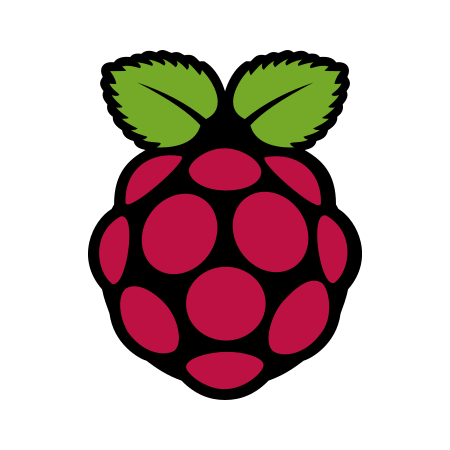hellsitegenetics is a gimmick blog on tumblr that looks through popular posts on the website and tries to identify genetic sequences with in them and then post the creature that the genetic sequence corresponds to.
They’re a bit like haiku bot, which scans posts to see if they’re haikus and then formats the haiku and posts it, but i think hellsitegenetics is an actual person cuz they have talked about it in the past









Davinci Resolve works just fine for me on Linux, and if you’ve got an Nvidia card and install the proprietary drivers it should be fine too. The Only caveat is that the free version of DR on Linux can’t work with H.264 or H.265 encoded files. It can ingest AV1 encoded files, but, at least my install of DR 19 doesn’t show an option to export AV1, only codecs like DNxHR or ProRes or Cineform. As long as you’re not in a real time crunch or anything, you may have to allocate time in your workflow to do a separate file conversion after exporting from DR with ffmpeg or Handbrake or something if you need either of those.
Here is the list of supported codecs for DR 19. They only list Rocky Linux as officially supported, but it works just fine for me on Fedora Linux, and the installer doesn’t seem to be specific to any type of package manager. (For anyone reading this with an AMD card, if you install rocm-opencl, DR will work with that, even though they only talk about Nvidia and CUDA)
As for OneDrive, there’s a tool called rclone that can be used to, among other things, mount cloud storage services as folders. I think it was kinda broken for OneDrive a while ago (or MS broke support for it, im not sure lol), but you could look into that. I never really used OneDrive much, so I can’t speak much about my experience with it.